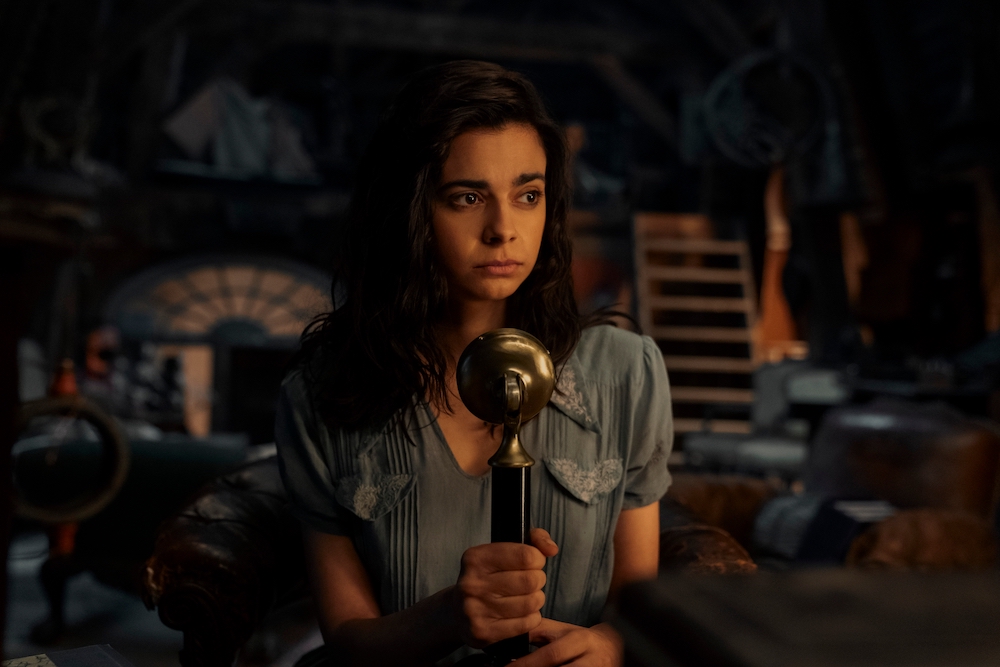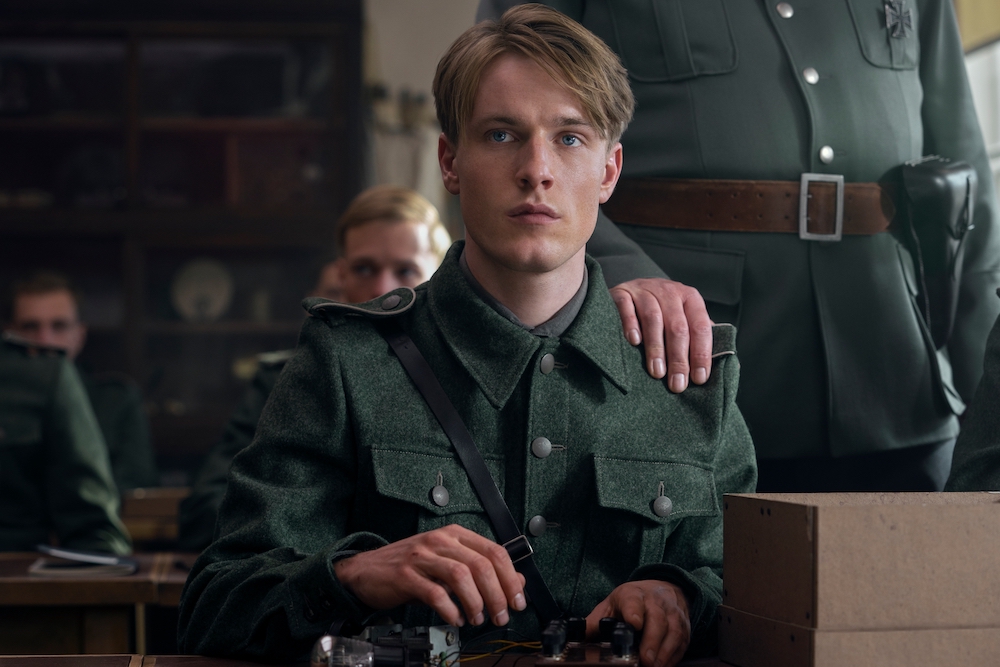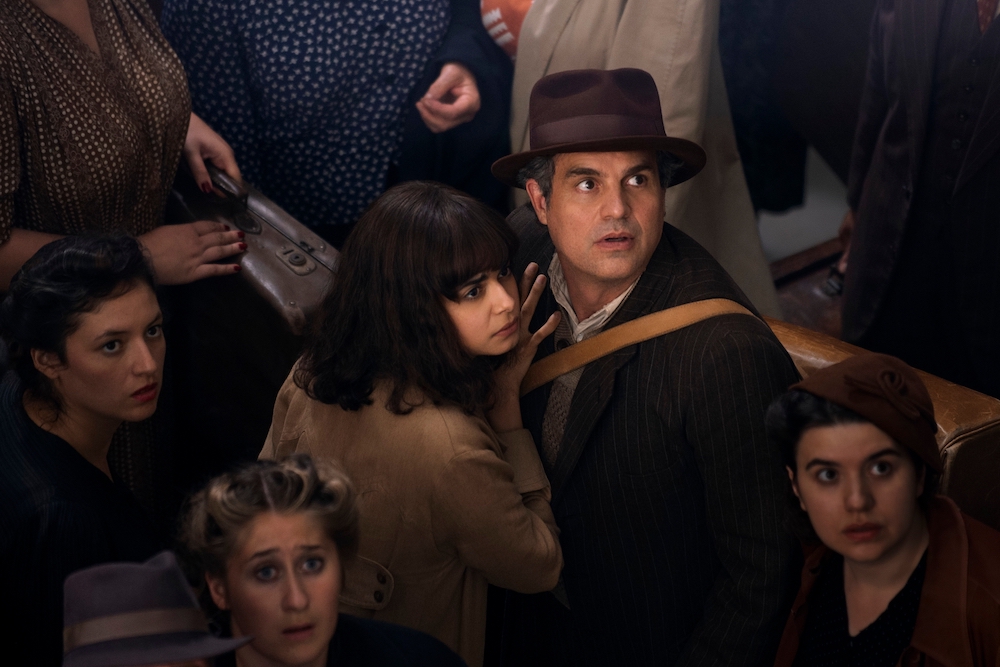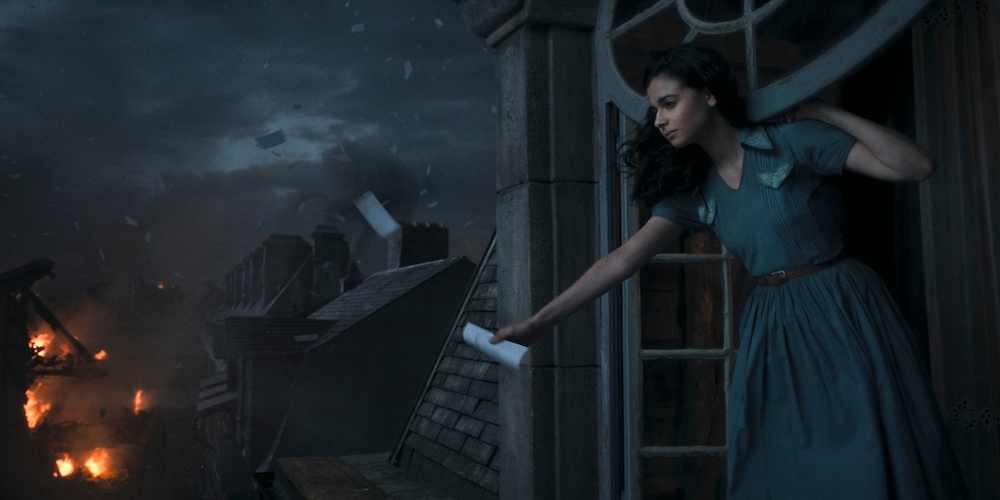For fans of the war genre, particularly the one that captures the time of and around the Second World War, Netflix’s ‘All the Light We Cannot See’ is an emotional and visual treat. Directed by Shawn Levy, The show follows the story of Marie and Werner. She is a French girl who gets involved with the resistance against the Nazi regime; he is a German boy who is pulled into the war because of his talent for fixing radios. Their paths collide in Saint-Malo, but it turns out that they have much more in common than they thought. Set in the final leg of World War II, the show presents a different view of the war but does so through a fictional perspective.
The True Inspiration Behind All the Light We Cannot See

‘All the Light We Cannot See’ is an adaptation of Anthony Doerr’s Pulitzer-prize-winning book of the same name. It employs the invasion of Paris, the French Resistance, and the Battle of Saint-Malo as the backdrop, but the characters and the events in the book are entirely fictional.
The idea to write the novel came to Doerr in 2004 during a train ride. He was in Princeton on the way to meet his publisher, thinking about any new story he could work on. In the meantime, another passenger was talking on the phone, and when his call unexpectedly disconnected, he got frustrated. Doerr’s first thought was how the person was not appreciative of the fact that he could talk to someone long-distance and was “taking the magic for granted.” “We’re using little shapes of light to send our words back and forth at the speed of light, cascading between relay towers. That day I wrote the title down in my junky little notebook, ‘All the Light We Cannot See,’” he said.
The story that came to the author’s mind was a girl reading a story on the radio to a boy who was trapped somewhere. This expanded into the story of Marie and Werner, with other plot points thrown into it. He decided to set the story in Saint-Malo after he went there on a trip about a year after the train ride. There, he discovered the history of the place and was astonished to see how the city had transformed since its destruction during the war.

“I got to tour these old pirates’ houses and see these reinforced cellars. As soon as I saw those basements, where they used to store their loot, I thought that’s where I can have the boy in my story be trapped. I ended up going back two other times to make sure I was getting details right, getting the air and the weather and the birds, the way the homes look in certain lights,” he explained, revealing how the research came into play.
Doerr worked on the novel for about a decade, extensively researching the era to get the details right about the characters and the events. He went to Germany, Paris, and Saint-Malo again to get a sense of the places where he was setting the story and studied diaries and letters written in French and German. In portraying Nazi Germany and the environment Werner grows up in, he read the propaganda that the government resorted to at the time. He read several journals and transcripts, “particularly from Goebbels, the propaganda minister.” The author revealed that “a lot of the things that Werner hears as a child in Children’s House are real excerpts from real speeches.”

One of the most important things in the story is radio and the role it plays in both Marie and Werner’s lives. Because he wanted to emphasize the importance of long-distance communication, he wanted to show something that would be considered “paramount technology” in that context at the time, and radio fit that bill. “In World War II, you had the Third Reich using radio to control and determine what people were thinking. Hammering this nationalism into their heads without a lot of resources for the listeners to do any critical thinking,” Doerr said. He wanted to focus on the gray area of morality and to “play around with that a little bit and see if I could get a reader to sympathize as deeply with Werner as they do with Marie.”
In the end, the story “became a project of humanism.” He wanted to present two different perspectives of war and lean away from the general representation of soldiers and other people during the Second World War. “In the war stories I read growing up, French resistance heroes were dashing, sinewy types who constructed machine guns from paper clips. And German soldiers were evil blond torturers, marching in coal scuttle helmets alongside barbed wire. I wondered if things might have been more nuanced than that,” he added.
Doerr’s intention of wanting to “remind people what kindness can do during times of intense trauma” resonated with director Shawn Levy, who morphed the story for the four-episode limited series. He wanted to stay true to Doerr’s vision, be it filming the show in Saint-Malo or casting “unknown low vision or blind girls” for the lead characters.

Levy revealed Aria Mia Loberti, who plays the older version of Marie, brought her experience to the table to enhance the scenes. “Sometimes the script might say something like ‘Daniel takes his daughter’s hand and leads her to the couch. But Aria would immediately say, ‘Well, how long have I lived in this home? If I’m familiar with this environment, I don’t need someone to lead me because I’ve memorized the space,’ and little things like that that we wouldn’t know,” Levy added.
All this suggests that the author and show’s creators have tried to make the story as close to the authentic experience of that time to give the audience a perspective on war as well as the people who fall victim to it or are thrown into it because of others. They have embedded the fictional story in real-life events to make it feel as real as possible.
Read More: Best Army and War Shows on Netflix

You must be logged in to post a comment.